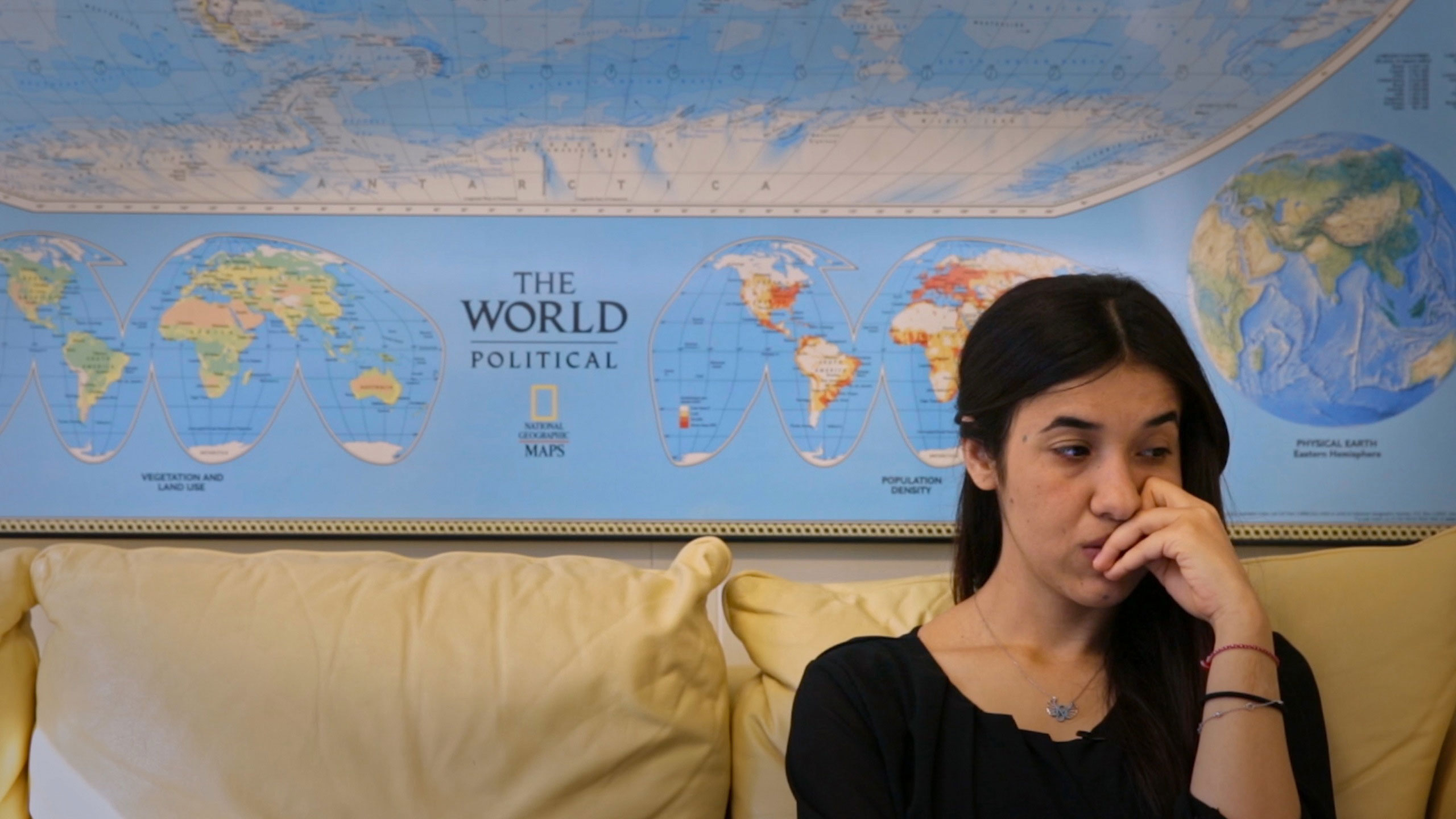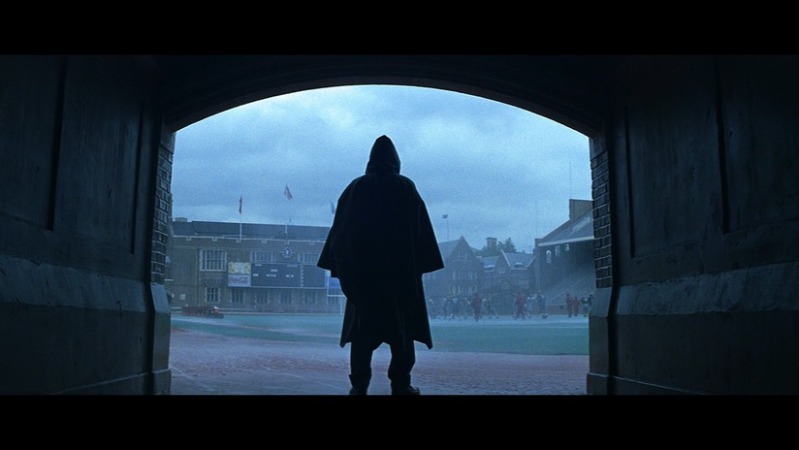The
Gandhi Murder *
Dir: Karim Traïdia, Pankaj Sehgal. With: Stephen Lang, Luke
Pasqualino, Om Puri, Vinnie Jones. 118 mins. Cert: 12A. Opens Jan 30
Released to mark the anniversary of Gandhi’s assassination, this
is frankly a bit eggy – indeed, we may not witness an eggier film in UK cinemas
all year. Karim Traïdia, the veteran Algerian director who earned a Golden
Globe nomination for 1998’s The Polish
Bride, has reappeared in India, or Sri
Lanka passing for India, with a conspiracy thriller based on the Mahatma’s
final days. It bears some resemblance to our very own tuppenny-ha’penny costume
and crime dramas, not least in the casting of Vinnie Jones as – and a simple
“ahem” would barely cover this – the senior British diplomat overseeing
Partition. (I mean: no wonder it all kicked off.) Still, it transpires that
Vinnie – who barely features, and gives his usual performance when he does – is
only the film’s fifth or sixth weirdest element.
For starters, it’s very odd that the Indian functionaries
scheming to remove Gandhi from the picture should be played by Caucasians. “You
don’t look very Indian,” guest star Om Puri tells New York-born Avatar heavy Stephen Lang, playing
shifty new security chief Sunil Raina; “I’m an ethnic Kashmiri,” comes the
none-too-convincing response. Nobody else quite fits the part, either. This Gandhi
(played by Spaniard Jesus Sans) has been clumsily overdubbed so his wisdom comes
at us as it might from a Cillit Bang commercial; the film’s uptight-verging-on-camp
Nehru (Rajit Kapoor) trails an unmistakable air of Larry Grayson. Arrhythmic
scene after abruptly curtailed scene offers something to drop the jaw:
overemphatic supporting turns, comical back projections, VFX apparently done on
the bus en route to the premiere.
That combination of WTF casting and glaring technical limitation proves so distracting one can barely focus on the script’s new intel. The theory seems to be that Gandhi’s lone, Hindu-nationalist assassin was enabled by higher-ups as a ploy to reunite a fracturing nation, but historical credibility is hardly bolstered by the lurching sidestep into horror that sees Puri bothering suspects with red ants, or the delirious vision the Lang character has of Abe Lincoln’s assassination, anchoring some frankly unhinged editorial about martyrs bringing countries together. Cult status may beckon – and perhaps Theresa May might be inspired to ask Vinnie to sit in on the Brexit renegotiations. But never mind Drunk History; this is history off-its-tits.
The Gandhi Murder is now playing in selected cinemas.












